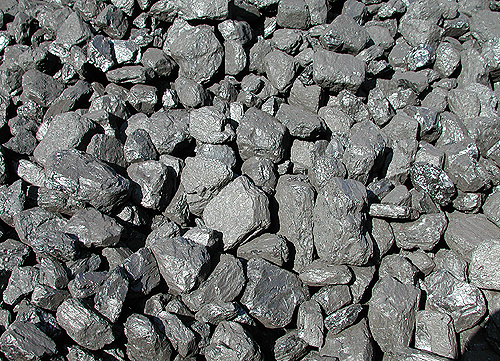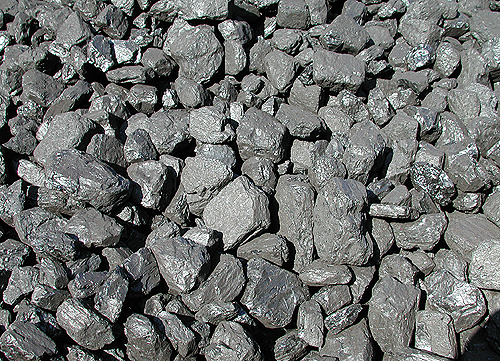 “…we can train ourselves to attend to the beautiful things waiting to be noticed. We can become curious and push the perceptions outward towards the surrounding world and society. We can see the miracle of life around us. We can be altered and saved by the situation in which we find ourselves.” Anne Bogart, Siti Theatre Company
“…we can train ourselves to attend to the beautiful things waiting to be noticed. We can become curious and push the perceptions outward towards the surrounding world and society. We can see the miracle of life around us. We can be altered and saved by the situation in which we find ourselves.” Anne Bogart, Siti Theatre Company
A few years ago, when coal miners stumbled onto a 300 million-year-old fossilized rainforest in a mine in eastern Illinois, the nation was reminded of coal’s one-time role in the garden.
In one of the more creative protests against dirty coal this year, a “Counter Coalture” movement has emerged in southeastern Ohio to take coal back to its place in the garden, and raise awareness about the social impacts of coal mining, washing, burning and disposing on the people who live near active mines and facilities.
The coalition launched its action yesterday, June 7, with a day of protest gardening.
Following the non-violent principles from an Appalachian program called “Opposite Action,” the Counter Coalture Coalition launched a website and issued a call for citizens “to plant trees, flowers, houseplants or other forms of vegetation in a united, peaceful protest against the negative impact of coal mining upon our planet. Not simply symbolic, this will provide a real opportunity to remediate part of the negative impact that mining and excessive energy consumption has upon the world. “
As former Ohio State University student and folk legend Phil Ochs once sang: “In such an ugly time, the true protest is beauty.”
Some of the first “counter coalture” gardens can be seen at countercoalture.org.
C. Joseph from Harrison County, Ohio writes a dedication: “The side garden has mint, coral bells for the hummingbirds, and some tall, fall asters in the back. My coalture garden is dedicated to my Grandmother who spent her life in dirty, western PA coal towns. She always had a beautiful garden and people would come to photograph it because it was such a blessing to their ugly coal town. Grandma hated the coal dust & the mines ruined her water, but she always tried to create beauty with her garden. Though no one ever smoked, her entire family died of cancer, probably because of the coal mines, dust and polluted water.”
Southern Ohio is one of the most coal-burdened regions in the nation. As Elisa Young in Meigs County in southern Ohio once wrote:
The clock is ticking in Meigs County – we are up against critical challenges to transition our community away from coal toward a healthy, sustainable future, or become a virtually unlivable coal colony. We currently have the highest lung cancer death rate in the state according to the American Cancer Society, despite being a remote, rural, farming community. Harvard studies say we have the shortest live expectancy in the state (our ancestors lived well into their 90’s – current life expectancy 70.2), and a recent USA Today report showed that with the VOC’s being released by currently existing industry around us we rank in the top 3rd percentile for the worst air quality in the nation. There is a lot of pride in the fact that we generate the electricity that a major area of our country is run from. I believe we can find ways to continue doing that, moving toward energy independence that makes us real leaders in the renewable energy future. That future will be driven by our choice to do so now, or by necessity when that last lump of coal has been drilled, blasted and drug out from beneath us in Appalachia. It’s a choice, and we need your help and support. I’m not against jobs or generating energy, but I do believe every dollar we throw to sequester into that bottomless clean coal pit is a dollar kept from from moving us toward a truly clean, healthy, sustainable future for our children and grandchildren.
Here’s a clip from “Coal Ties,” a documentary that explores one town’s connection to its southern coal counties:



